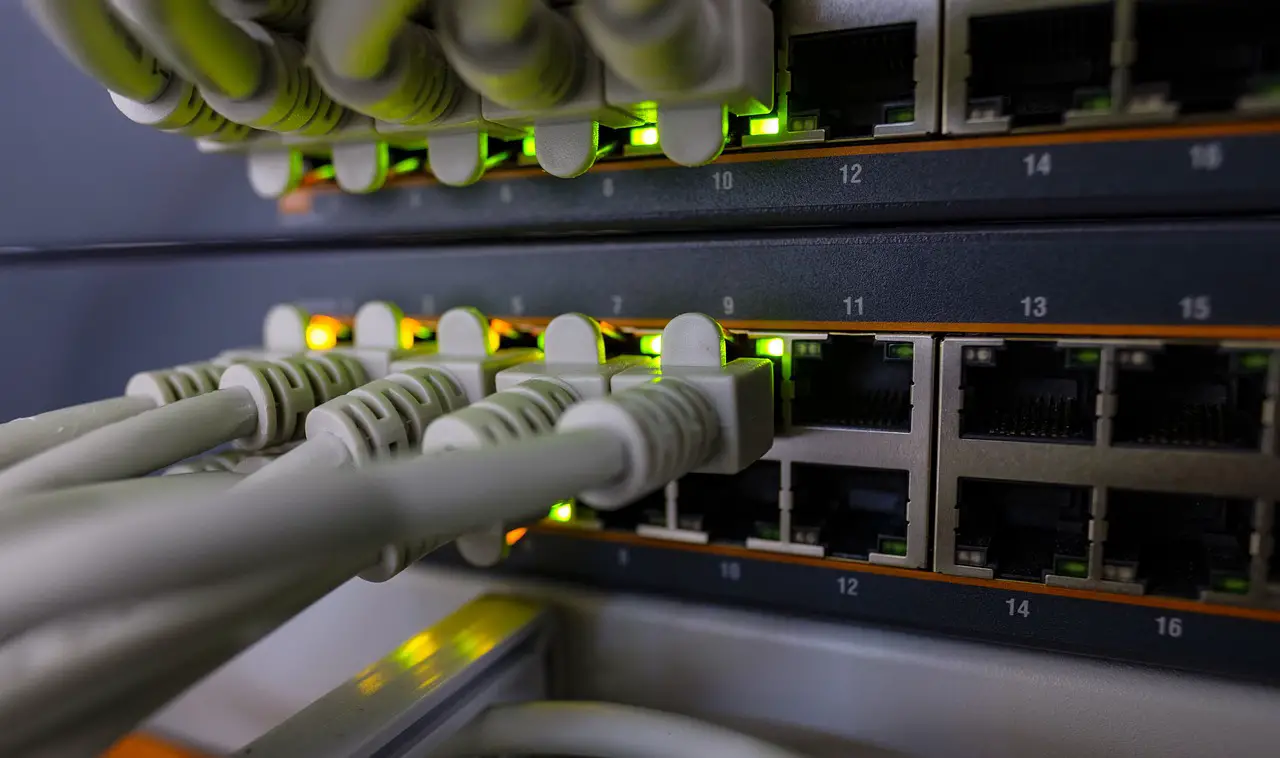
What is a Core Router? Complete Guide
A core router is a machine that sits in the middle of a network. It provides edge-to-edge connectivity within the LAN and ensures that all other routers are receiving traffic efficiently. These machines are the fastest and most powerful routers, and their impressive performance is what makes them the most expensive. Here's how they work and how they can benefit your business. The next time you have a problem with your network, consider a core router. A core router is a device that distributes packets within the same network, rather than distributing them across several networks. Its primary function is…








